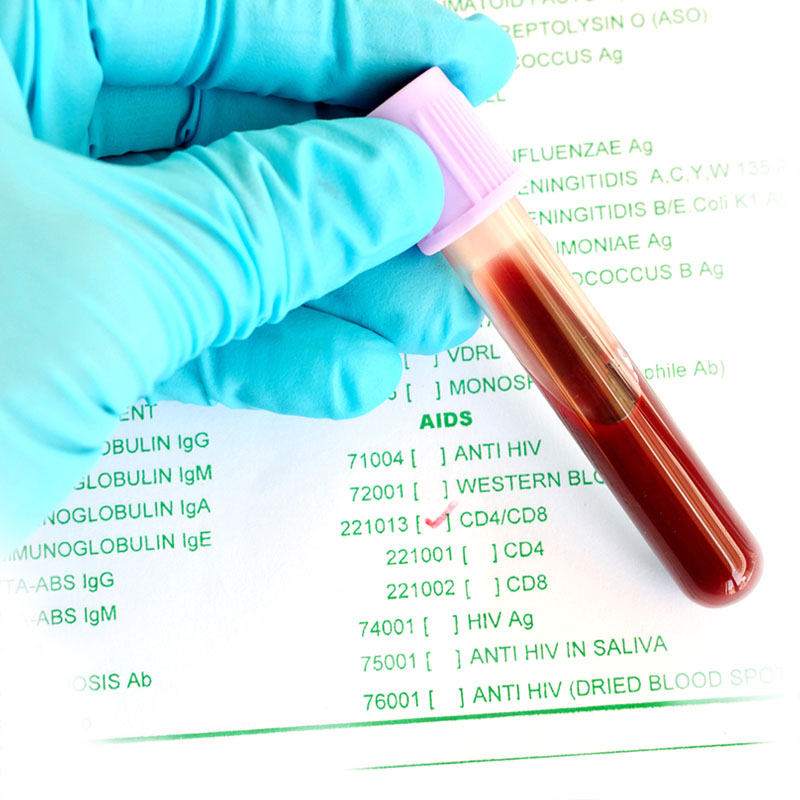Immune response to HIV
HIV causes persistent infection as a consequence of virus replication and the chronic activation of T lymphocytes. T lymphocytes are forms of white blood cells which are important components of our immune system. In the absence of antiviral treatment, the host immune response is gradually weakened. After 6-8 years, the immune system is so destroyed that most HIV-infected individuals develop opportunistic infections by bacteria, viruses, fungi, and may develop malignant conditions like lymphoma.
T-lymphocytes constitute a family of immune response cells of which CD4 cells play an important role during HIV infection. CD4 cells are T-lymphocytes targeted by HIV, and are also called T4 or T helper cells. HIV gets into the CD4 cell and multiply inside, making copies of itself as it grows. The infected CD4 cell subsequently swells, bursts and dies. The new HIV copies find their way to other CD4 cells and start the destruction process all over.
With antiretroviral treatment, CD4 count could gradually climb up to normal or near normal level. Even with the increased CD4 count, the immunological status of a person living with HIV is generally weaker than healthy adults. Precautions should be taken to protect health by adopting hygiene practices and receiving vaccination against influenza and other infections.

Counting CD4
CD4 cell count is one of the important markers for evaluating the clinical status of people living with HIV. The normal range can be very wide and may vary between populations. In healthy adults it ranges between 800 to 1200/µL, though in some cases it can be 500/µL. The comparison of CD4 count to CD8 count, another T-lymphocyte, can be expressed as a ratio to help reflect the state of immunodeficiency. The ratio is often above 1 in healthy adults but becomes very low after HIV infection. With effective antiviral treatment, CD4 and CD4/CD8 ratio can both rise from low level to values seen in in healthy people. CD4 count and CD4/CD8 ratio can be interpreted together to reflect progress with antiviral treatment.
Meaning of CD4 (and ratio) readings
Download CU+ Apps for personal assessment.
